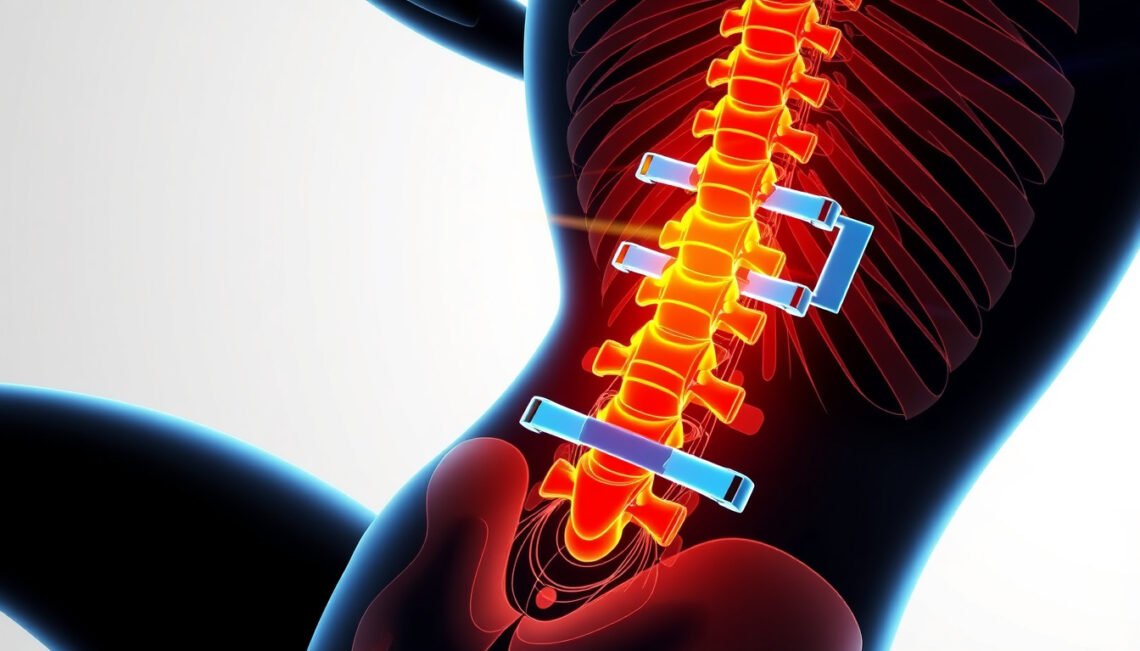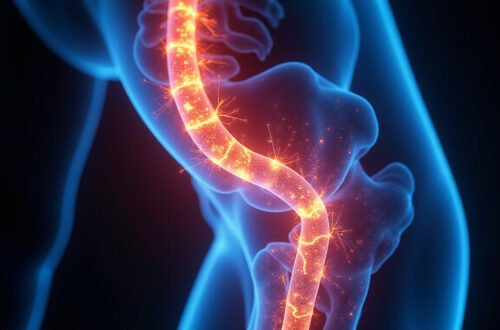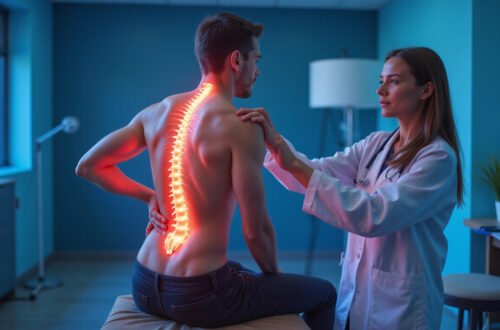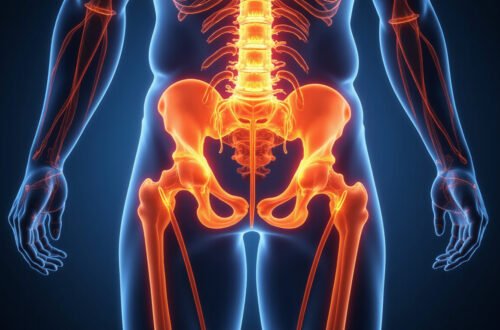Back pain affects millions worldwide, often leading individuals to seek various treatment options to alleviate discomfort and improve mobility. One effective method gaining popularity is lumbar traction. Lumbar traction involves applying a controlled pulling force to the lower spine, creating space between vertebrae and relieving pressure on affected discs and nerves. This article explores the many lumbar traction benefits and techniques that can lead to effective back pain relief.
Understanding Lumbar Traction and How It Works
Lumbar traction is a non-invasive therapeutic technique designed to decompress the lower spine. By gently stretching the lumbar region, this traction reduces the load on spinal structures such as intervertebral discs, facet joints, and nerve roots. The main goal is to relieve nerve root compression, improve spinal alignment, and promote increased circulation to the damaged area.
The technique can be applied manually by a healthcare provider or with mechanical devices. It is often used in conjunction with other treatments like physical therapy, medications, or exercises for a comprehensive pain management plan.
Key Lumbar Traction Benefits
For those suffering from lower back pain, lumbar traction offers several therapeutic benefits:
- Pain Reduction: Traction helps reduce pressure on compressed nerves and discs that often cause sharp or radiating leg pain (sciatica).
- Spinal Decompression: By increasing the space between vertebrae, it alleviates compression-induced inflammation and nerve irritation.
- Improved Mobility: It can help restore normal spinal motion and flexibility by easing joint stiffness.
- Enhanced Healing: The improved blood flow to affected tissues promotes faster healing of damaged spinal structures.
- Muscle Relaxation: Gentle stretching helps relax tight muscles that contribute to back pain.
- Non-Invasive Alternative: It offers an option that avoids surgery or heavy medications.
These benefits make lumbar traction a preferred choice in treating conditions like herniated discs, degenerative disc disease, spinal stenosis, and muscle spasms.
Popular Types of Lumbar Traction Techniques
Lumbar traction can be applied via different methods, each with specific advantages tailored to patient needs:
1. Manual Lumbar Traction
Performed by a trained therapist, manual lumbar traction involves hands-on manipulation of the lower back. The provider applies force by holding the patient’s pelvis or lower ribs and gently pulling to create decompression. This method allows for real-time feedback and customization of force direction and intensity.
2. Mechanical Lumbar Traction
Mechanical traction uses specialized machines to apply controlled pulling force. The patient typically lies on a traction table equipped with harnesses around the waist and sometimes the chest. The machine adjusts traction force, duration, and intervals, offering consistent and measurable treatment.
3. Positional Lumbar Traction
This technique involves positioning the patient in specific postures designed to stretch and decompress the lumbar spine naturally. For example, lying on an incline or using pillows to achieve spinal extension. It is a gentler, passive form often used as part of home care or post-therapy maintenance.

4. Inversion Therapy
In inversion therapy, the patient is suspended upside down or at an angle on an inversion table. Gravity helps decompress the lumbar spine without external force. While effective for some, it is not suitable for everyone, especially those with cardiovascular issues.
How to Prepare for a Lumbar Traction Session
Before starting lumbar traction, it’s vital to consult a healthcare professional to ensure the method suits your back condition. Some tips to prepare include:
- Wear comfortable, loose clothing.
- Remove any tight belts or restrictive items.
- Inform the therapist of any recent injuries or surgeries.
- Discuss your pain level and any symptoms during therapy.
- Follow recommended positioning and relaxation techniques.
Step-by-Step Guide to Mechanical Lumbar Traction
Understanding how mechanical lumbar traction works can help patients feel more comfortable during treatment:
- Assessment: The therapist evaluates your back condition and sets parameters for traction force and duration.
- Positioning: You lie on the traction table, usually on your back, with harnesses secured around the waist.
- Initiation: The machine gradually applies a pulling force to the lumbar area.
- Traction Phase: Sustained or intermittent force stretches the spinal segments. Most sessions last 10 to 20 minutes.
- Release: The machine slowly reduces force, and the harness is removed.
- Post-Treatment: Light stretching or exercises may be recommended.
Regular sessions, typically 2-3 times per week, can yield noticeable improvements over time.
Who Can Benefit Most from Lumbar Traction?
Lumbar traction is suitable for many patients with lower back pain, especially those diagnosed with:
- Herniated or bulging discs causing nerve root irritation.
- Degenerative disc disease.
- Spinal stenosis.
- Chronic lower back muscle spasms.
- Sciatica or radicular pain.
However, it should be avoided or used cautiously in cases of osteoporosis, spinal infections, fractures, or severe spinal instability. Always seek the advice of a spine specialist or physical therapist before beginning traction therapy.
Frequently Asked Questions about Lumbar Traction
Q1: Is lumbar traction safe for everyone experiencing back pain?
A1: Lumbar traction is generally safe when properly administered but may not be suitable for individuals with certain health conditions like osteoporosis, spinal fractures, or infections. Always consult with a healthcare professional before use.
Q2: How long does it take to feel relief from lumbar traction?
A2: Relief can vary based on individual cases and severity. Some patients notice improvement after a few sessions, while others may require consistent therapy over weeks for significant relief.
Q3: Can I do lumbar traction at home?
A3: Positional lumbar traction or inversion therapy devices are sometimes used at home, but manual or mechanical traction is best performed under professional supervision to avoid injury and ensure effectiveness.
Expert Insights and Medical Evidence
According to the American Academy of Orthopaedic Surgeons, lumbar traction may provide symptomatic relief for some patients, particularly in the short term, by reducing pressure on nerve roots (source). While not a standalone cure, it can be an effective element of a multi-faceted treatment strategy.
Conclusion: Take Control of Your Back Pain with Lumbar Traction
If you’re struggling with persistent lower back pain, lumbar traction presents a promising avenue for relief. Its benefits—including spinal decompression, pain reduction, and improved mobility—support restoration of your spinal health without invasive interventions. By understanding the different traction techniques and working with healthcare professionals, you can integrate lumbar traction safely into your pain management plan.
Don’t let back pain limit your life. Consult with a qualified therapist or physician today about lumbar traction, and take the first step toward a more comfortable, active future. Your spine will thank you!






